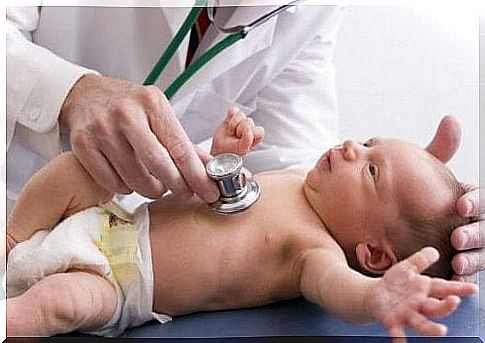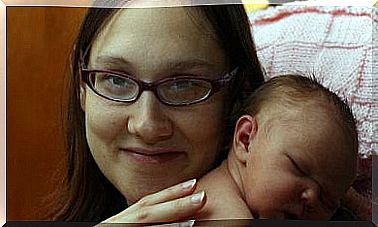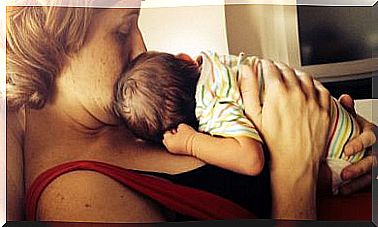The Bubbleboy Syndrome: Symptoms And Treatment

Babies who suffer from bubbleboy syndrome suffer from serious infections due to a lack of the immune system. Because of this, any environment can be hazardous to their health.
Babies born with Severe Combined Immunodeficiency (SCID or bubbleboy syndrome) often have abnormal development of functional T cells. These cells provide an immune system that can adapt.
In addition, there is a deficiency of B cells, which can lead to a large number of fatal defects at birth. However, signs of this disease often don’t appear until the first few weeks after birth.
Babies with this disease are very prone to infections and thus the environment they are in can be lethal to them.
The diagnosis of this syndrome is made by a DNA sequence of the fetus. This can be obtained through prenatal testing such as amniocentesis or chorionic villus sampling.
Symptoms of Bubbleboy Syndrome
Some of the most common symptoms seen in the first weeks after birth:
Multiple infections may indicate bubbleboy syndrome
Infections occur in the first weeks and can be very serious, such as pneumonia, meningitis, sepsis, etc.
Chronic and persistent diarrhea
This is due to poor absorption of nutrients due to infections. Diarrhea then leads to dehydration and weight loss, which in turn can threaten the baby’s health.

Skin rash
A rash is the first symptom to appear, although this disease often does not show any symptoms at all. It is usually an erythematous rash and can be seen all over the body.
Neurological disorders
Neurological complications are more common in newborn babies with this condition, including deafness and vision problems.
Impaired immune system
Finally, having this disease means that the baby will develop multiple infections, either because of bacteria, fungi, viruses or the so-called opportunistic microorganisms.
Treatment for Bubbleboy Syndrome
At the moment there are a number of methods to treat this syndrome. The most common are:
1. Stem Cell Transplant
It is very effective if this surgery is performed within 6 months of birth. If the treatment is done within 3 months, the baby has the best chance of survival.
2. Enzyme Replacement Therapy
Enzyme replacement therapy is very effective when there is a deficiency of adenosine deaminase (ADA). Doctors inject the enzyme in combination with polyethylene glycol, which reduces the effect of the condition. However, this is a very expensive treatment.
3. Gene Therapy
This therapy has many advantages due to the selective growth of the transferred cells. It has a high chance of success.
The first weeks of the baby’s life are crucial for carrying out these therapies, as the baby still has the mother’s antibodies during this time. It is a valuable time to perform a procedure.
However, if you don’t act quickly, the first infections will start to appear, which then increase the morbidity of the disease. At that point, any action to fight the disease will be less effective.
Parents of babies with this disease should also keep in mind that if there is no surgical intervention, there is a 100% chance of death in the first two years of life. Therefore, children suffering from this condition are considered a pediatric emergency.

It is important that parents of children with bubbleboy syndrome are well informed, because there is an approximately 25% chance of autosomal recessive inheritance.
In this sense, 50% of generations can carry this gene. It is important to emphasize that the mother is a carrier of the gene.
You should act as soon as possible if your baby has this condition. In this way you can reduce the risk of complications and infections that can lead to unwanted consequences for the health of your baby.









